Advertisement
Ever wondered how machines like ChatGPT work so fast or how your graphics card renders high-resolution video games so smoothly? You’ve probably heard of GPUs doing the heavy lifting. But now, there’s another acronym making its way into tech discussions: LPU. It stands for Language Processing Unit. It’s newer, more focused, and raising eyebrows in the AI world. While both LPU and GPU are hardware designed to process data fast, they’re not built for the same things. Let’s break this down in plain language.
A GPU, or Graphics Processing Unit, was originally designed to render images and videos. Think of it as a tool for artists and gamers. Over the past decade, though, GPUs started being used for more than just graphics. They became key to artificial intelligence and machine learning tasks because they can handle thousands of operations at the same time.
Unlike a CPU, which is geared towards doing one thing at a time, a GPU can do many small tasks simultaneously. That's why it's ideal for tasks such as training big AI models, running simulations, and rendering 3D material.
Companies like NVIDIA and AMD dominate this space. Their GPUs are now found in everything from gaming PCs to data centers running AI tools.
An LPU, or Language Processing Unit, is a newer class of chip. It's specifically designed to support big language models like GPT or BERT. That is to say, it's not a general-purpose processor. It's designed specifically for processing and creating human language.
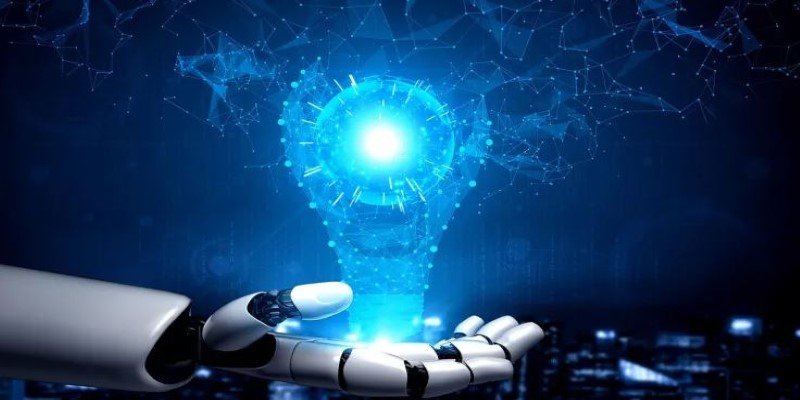
Think of LPUs as specialists. If GPUs are general athletes that can run, jump, and swim, LPUs are trained sprinters who only run, but run incredibly fast. Groq is one company known for making LPUs. They’ve been making news for developing chips that can run models faster and more efficiently than GPUs.
Instead of focusing on general AI tasks, LPUs are fine-tuned for the demands of natural language processing—chatbots, translators, question-answer systems, and large-scale text generation models.
GPUs were born in the gaming world. They became useful for AI because their architecture allowed for parallel computing. That’s great for a range of AI tasks, from vision to speech.
LPUs, on the other hand, are designed only for language models. They don’t try to do everything. They focus on doing one thing—language processing—very fast and very well. This means fewer trade-offs in performance for specific NLP tasks.
Because LPUs are designed only for language tasks, they remove anything unnecessary for that work. This gives them an edge in performance-per-watt and performance-per-dollar when used for large language models.
GPUs are flexible. However, that flexibility can slow things down when compared to a focused chip. GPUs still perform well, but they carry the extra weight of being multipurpose.
In short, GPUs can do many things well; LPUs can do one thing brilliantly.
Speed is where LPUs are aiming to shine. Some LPU-based systems claim to produce language outputs with much lower latency than GPUs. That means faster response times for chatbots and real-time applications.
GPU systems often have a processing queue. You send a prompt, wait a bit, and then get a reply. LPUs reduce that wait time by using pipeline processing—each part of the chip works on a different part of the sentence at the same time.
Groq, for instance, markets its LPUs as being able to provide “deterministic” performance. That means predictable speeds with no lag or jitter. In AI applications where timing matters—like voice assistants or live translations—that matters a lot.
Power consumption is a big issue in data centers. GPUs, especially high-end models, can consume hundreds of watts. That means more cooling, more electricity, and higher costs.
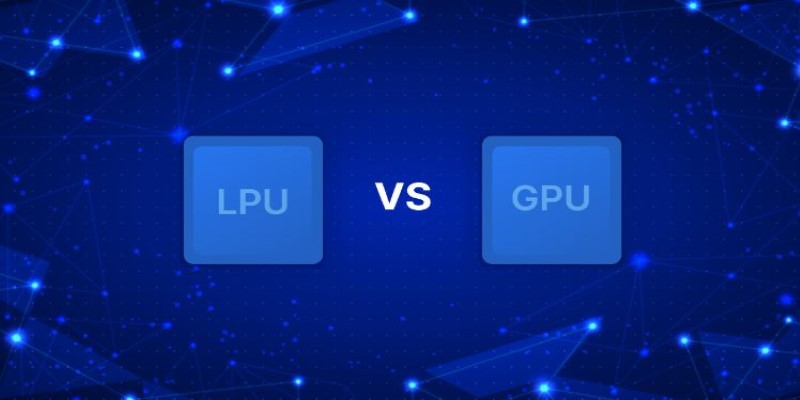
LPUs are more energy efficient when doing language tasks. Because they are specialized, they don’t waste power on functions they don’t need.
This difference in energy usage can scale up. Imagine a data center running thousands of AI tasks—swapping GPUs with LPUs could mean massive savings in power and cost.
GPUs have been around longer and are made in much higher quantities. This means they’re easier to find, and you can get them in many price ranges—from $200 consumer cards to $30,000 data center units.
LPUs are still new. Few companies make them, and they’re generally targeted at enterprise use. That means they’re not available for home use or small businesses yet. Also, the software ecosystems around them aren’t as mature.
So while LPUs may outperform GPUs for some tasks, GPUs remain the go-to for most developers simply because they’re more accessible and easier to deploy.
GPUs are flexible. They can be used for video editing, gaming, crypto mining, deep learning, image processing, and more. They have broad software support—from PyTorch to TensorFlow—and can be fine-tuned for various workflows.
LPUs are specialists. Their flexibility is limited to natural language processing. They can’t be used for image generation, simulation, or gaming. Their software tools are still developing and may not support as many features as mature GPU libraries.
For a lab or company focused entirely on language AI, LPUs make sense. For general-purpose AI work or mixed-media applications, GPUs still hold the upper hand.
If you’re working with large language models and want fast, efficient performance, an LPU might be the right fit. It’s built for this job, uses less power, and cuts down processing time. But if you're handling general AI tasks like image recognition, speech, or video, a GPU is still your best option. It’s versatile, well-supported, and easier to find. LPUs and GPUs aren’t rivals. They’re different tools for different jobs. As AI grows, both will continue shaping how machines work, each in its way.
Advertisement
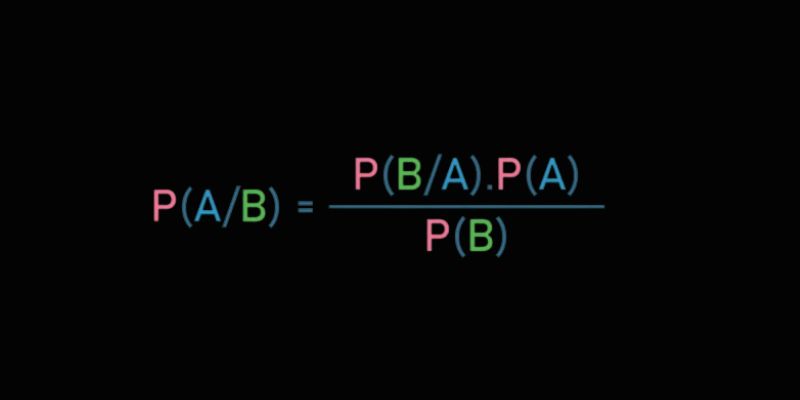
Learn Bayes' Theorem and how it powers machine learning by updating predictions with conditional probability and data insights
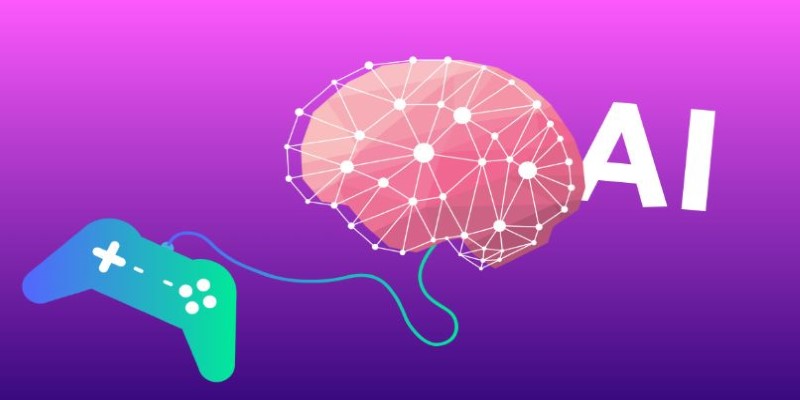
Can AI-generated games change how we play and build games? Explore how automation is transforming development, creativity, and player expectations in gaming
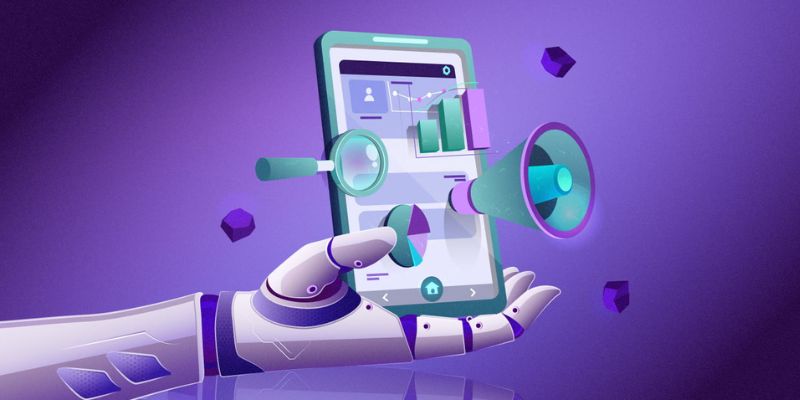
Know how AI-powered advertising enhances personalized ads, improving engagement, ROI, and user experience in the digital world

Case study: How AI-driven SOC tech reduced alert fatigue, false positives, and response time while improving team performance

Wondering how ChatGPT can help with your novel? Explore how it can assist you in character creation, plot development, dialogue writing, and organizing your notes into a cohesive story
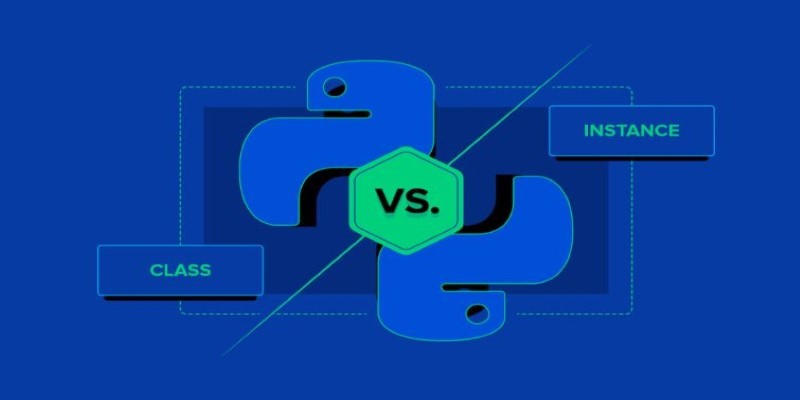
Explore the key differences between class and instance attributes in Python. Understand how each works, when to use them, and how they affect your Python classes
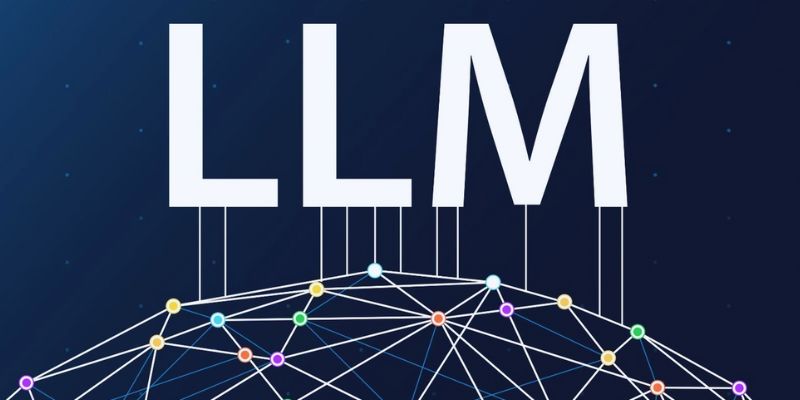
Consider model size, cost, speed, integration, domain-specific training, and ethical concerns when you choose the right LLM

Learn how to create the perfect headshot using LightX Photo Editor. This step-by-step guide covers lighting, background edits, retouching, and exporting for a professional finish
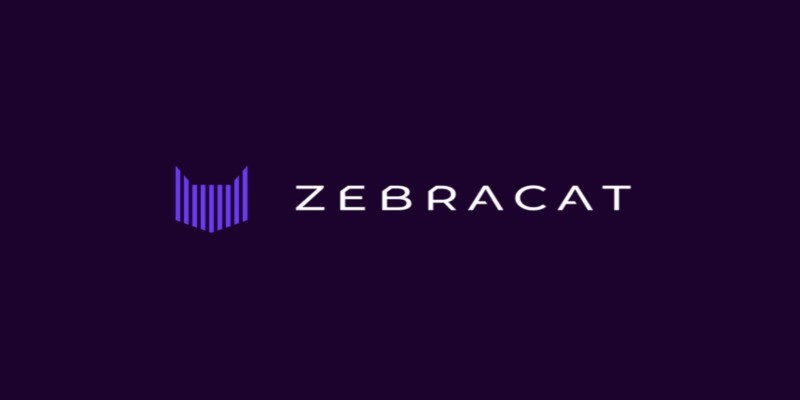
Want to create marketing videos effortlessly? Learn how Zebracat AI helps you turn your ideas into polished videos with minimal effort

Think My AI is just a fun add-on? Here's why Snapchat’s chatbot quietly helps with daily planning, quick answers, creativity, and more—right inside your chat feed
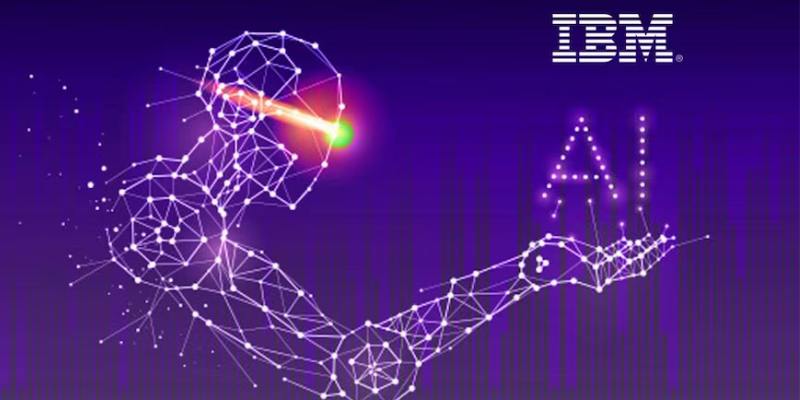
Explore how IBM's open-source AI strategy empowers businesses with scalable, secure, innovative, and flexible AI solutions.

Pinecone unveils a serverless vector database on Azure and GCP, delivering native infrastructure for scalable AI applications